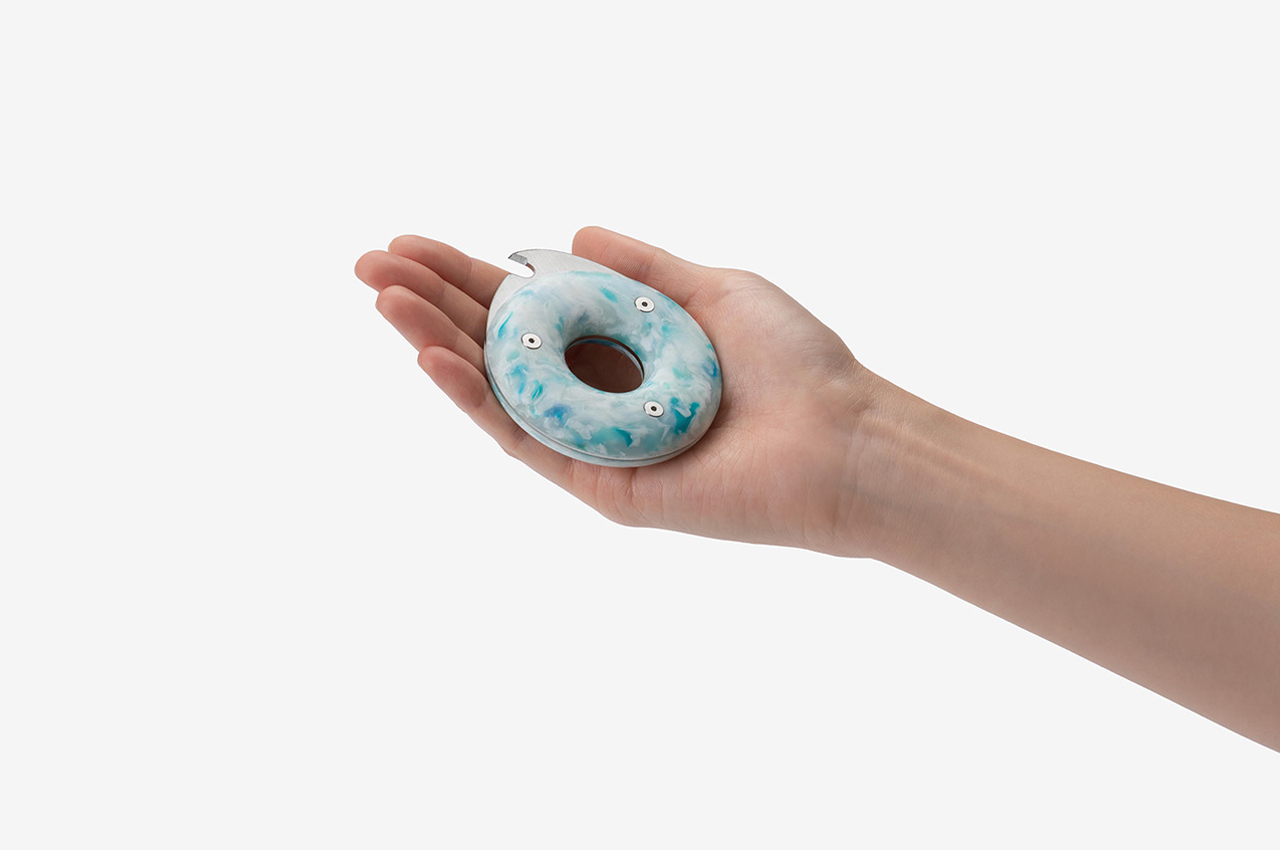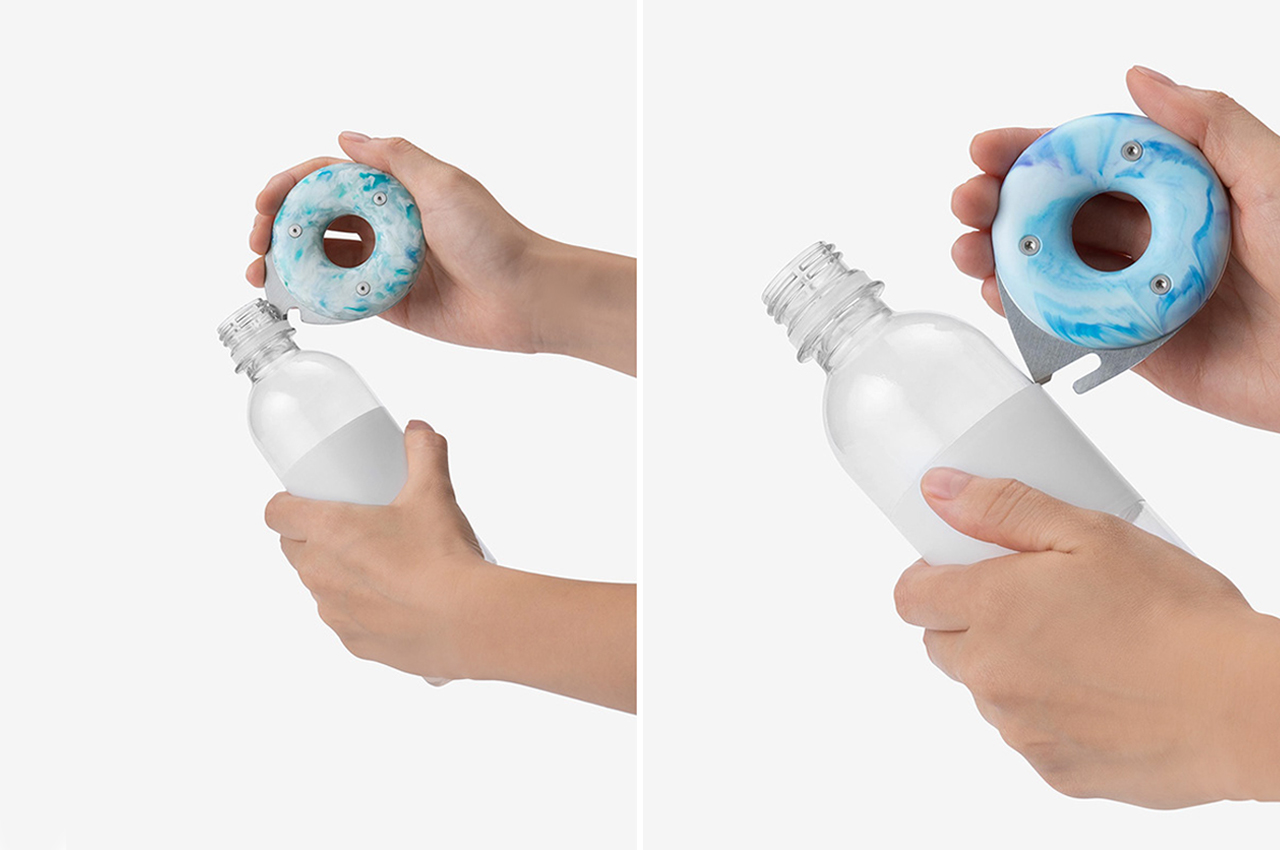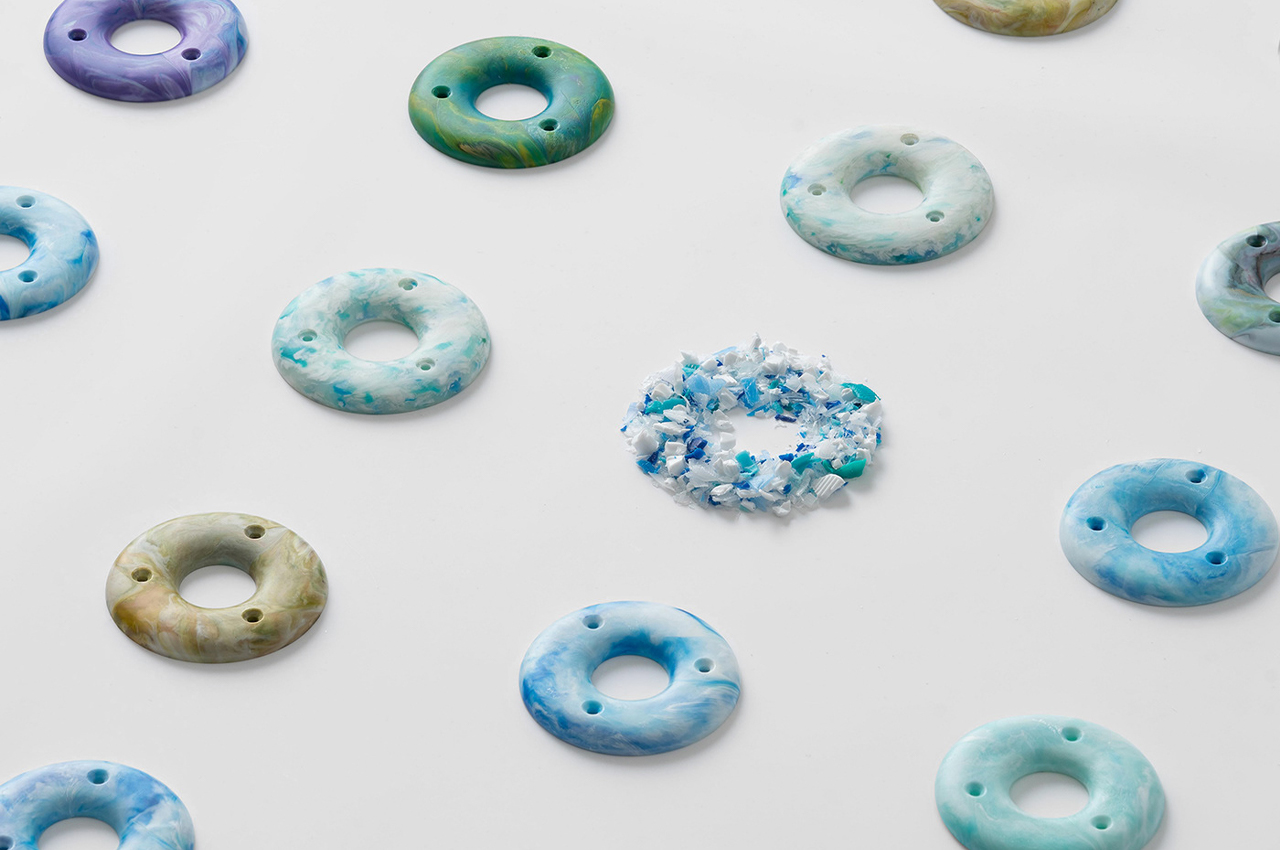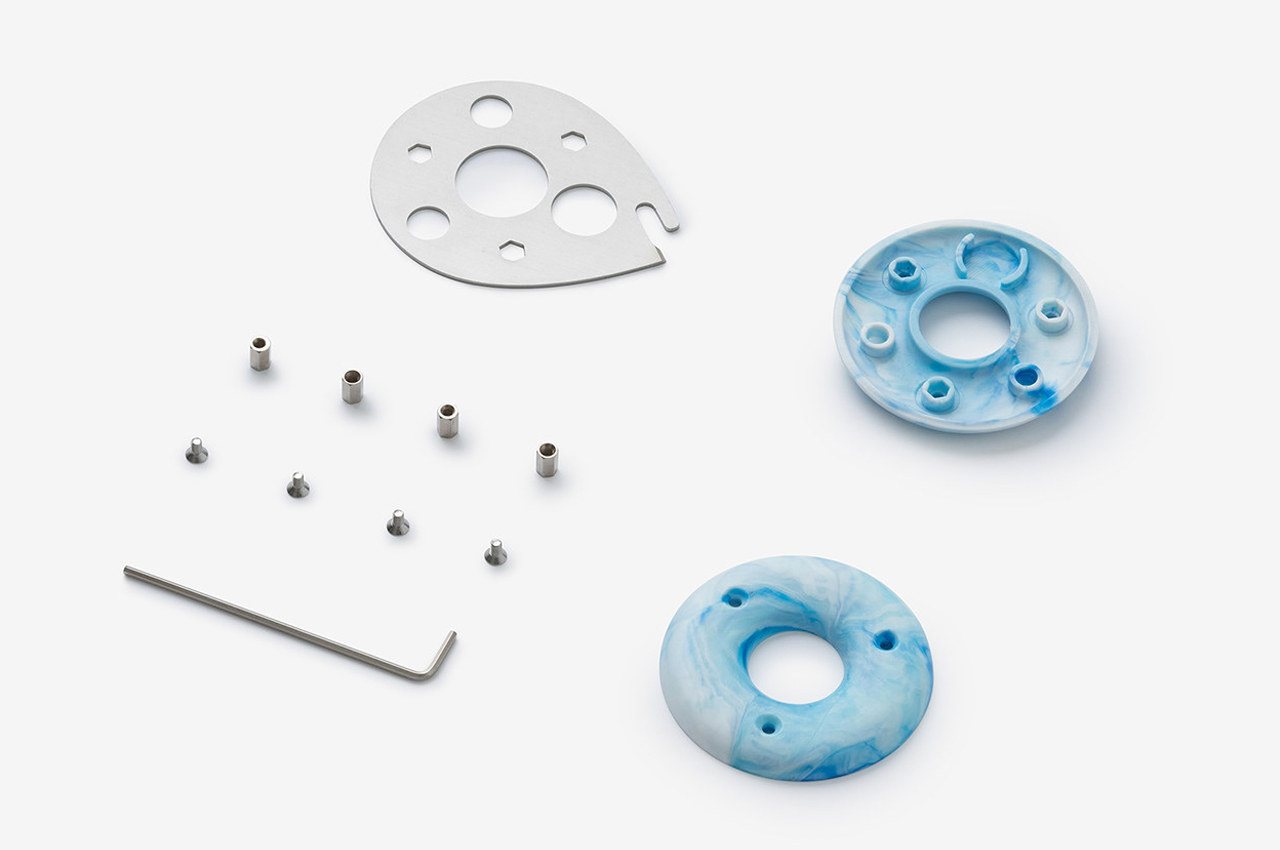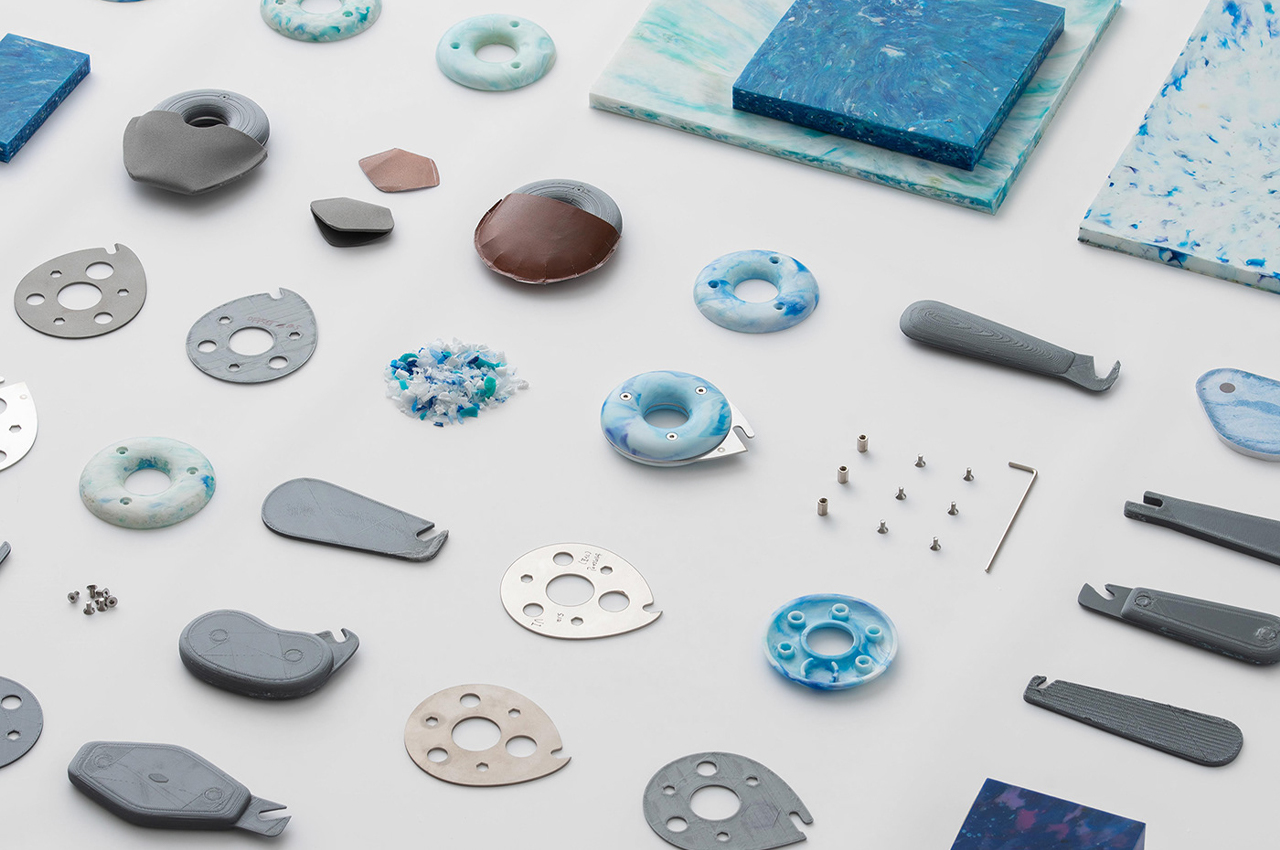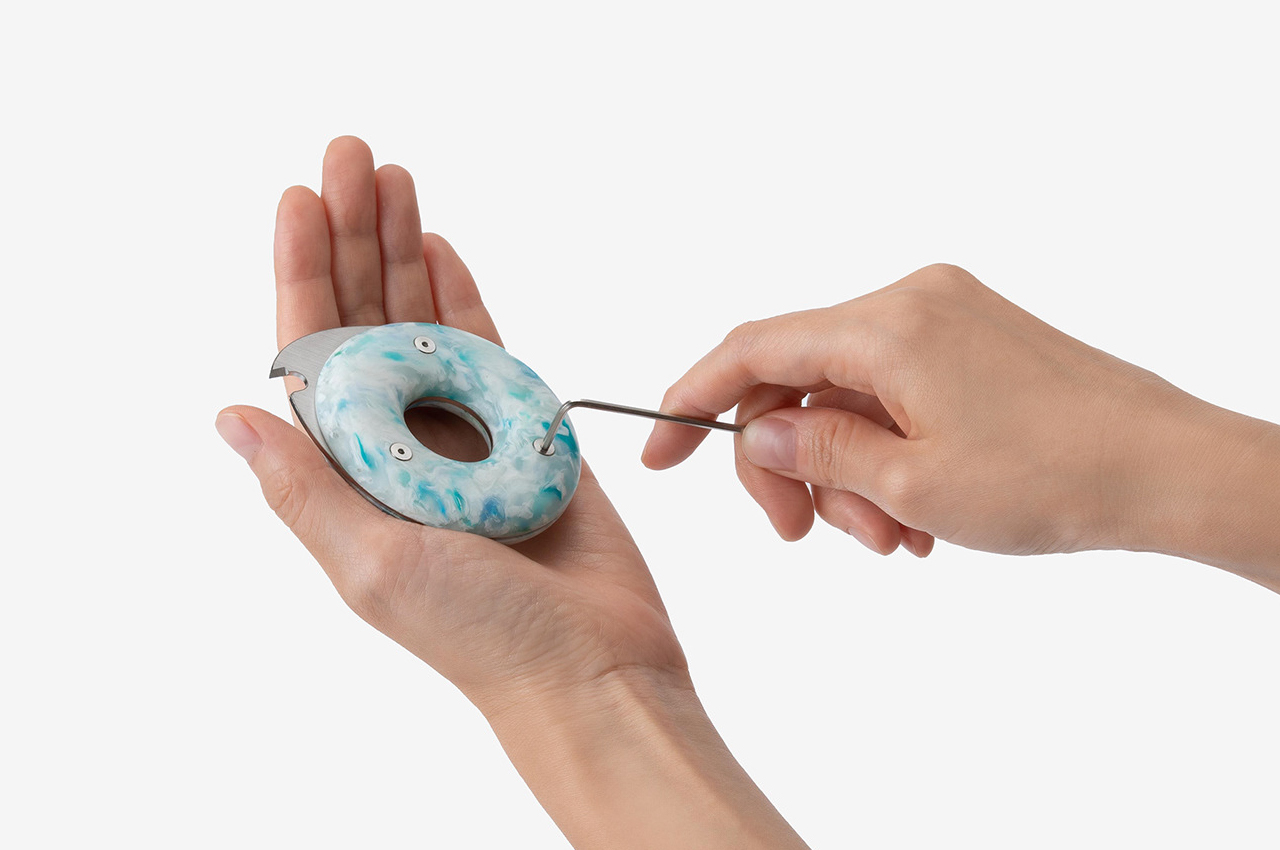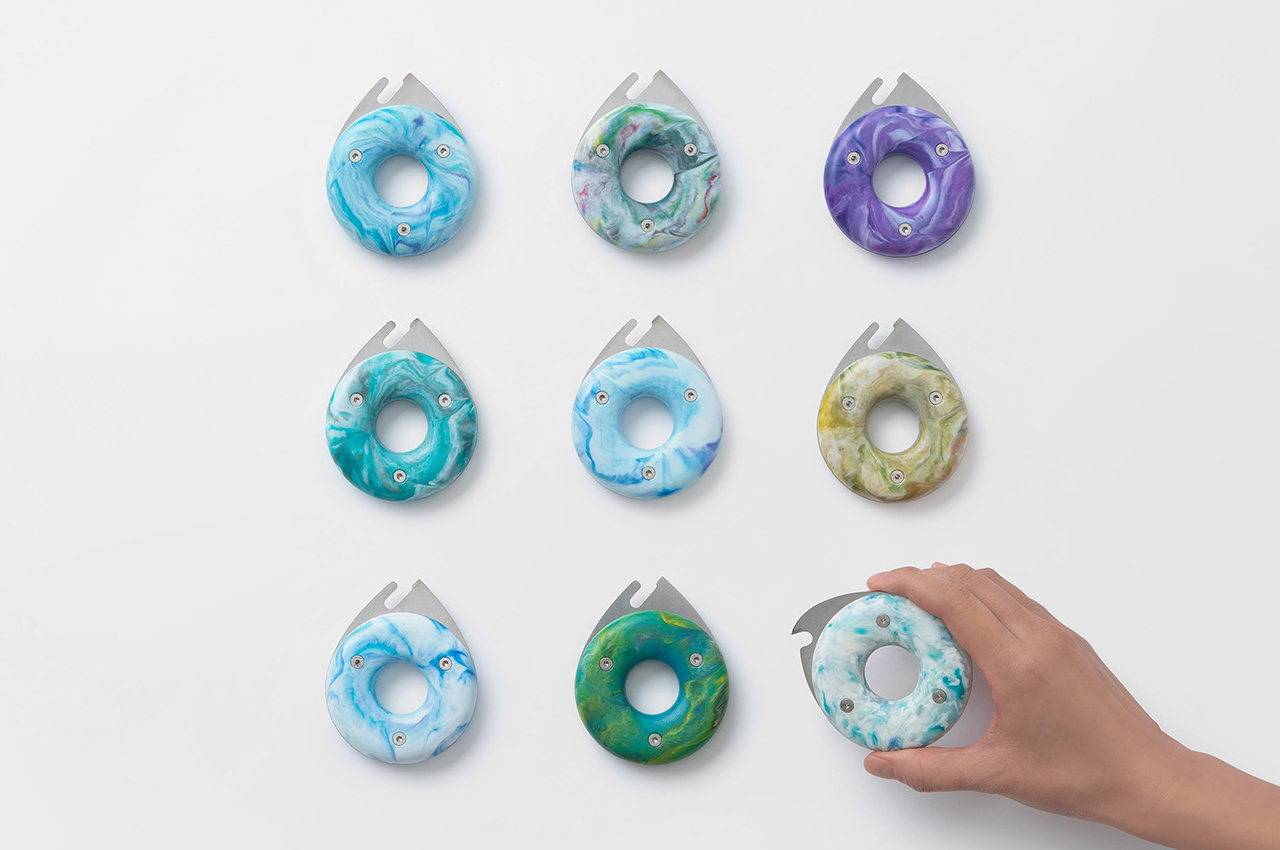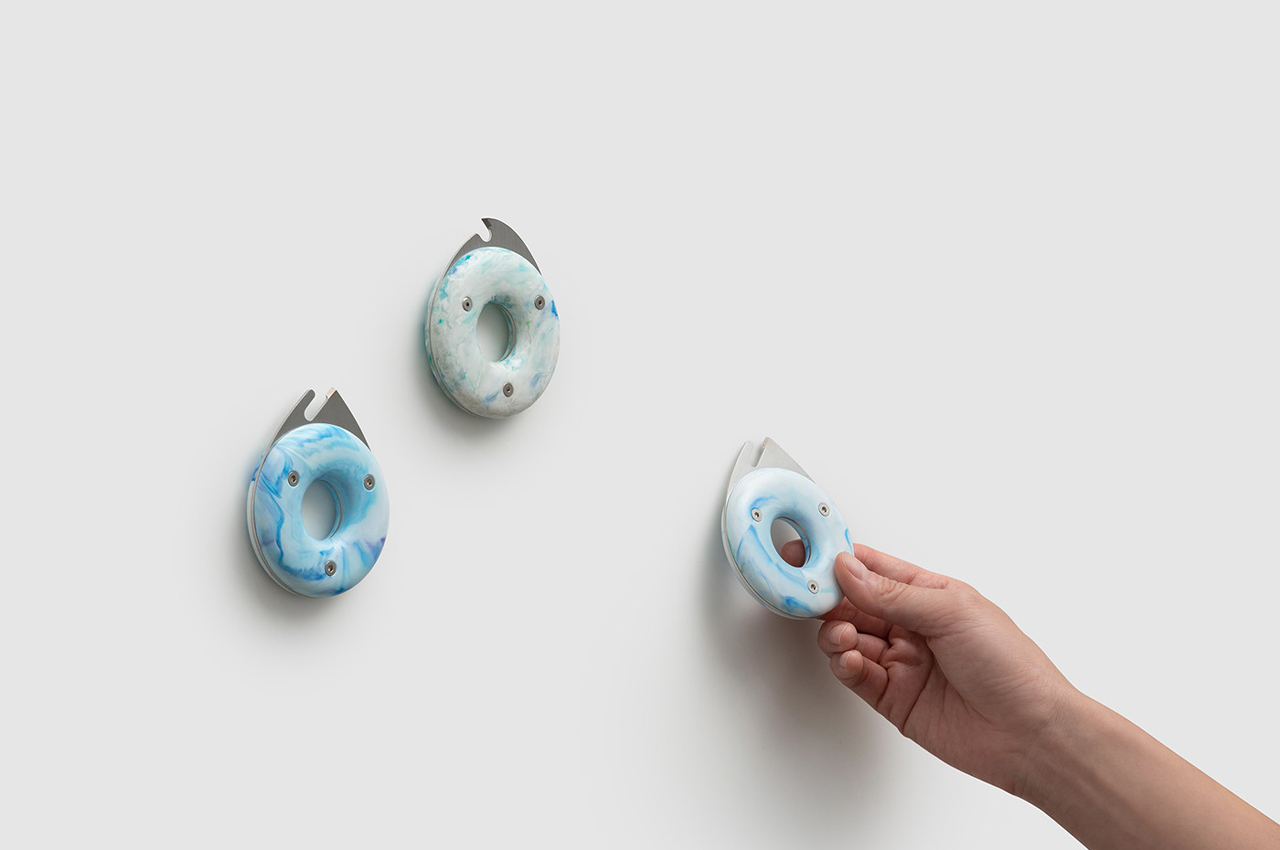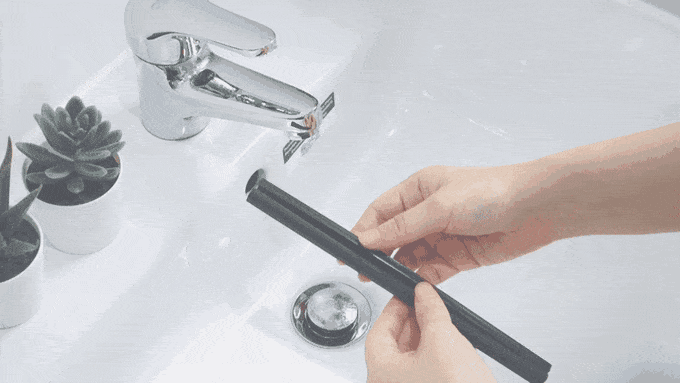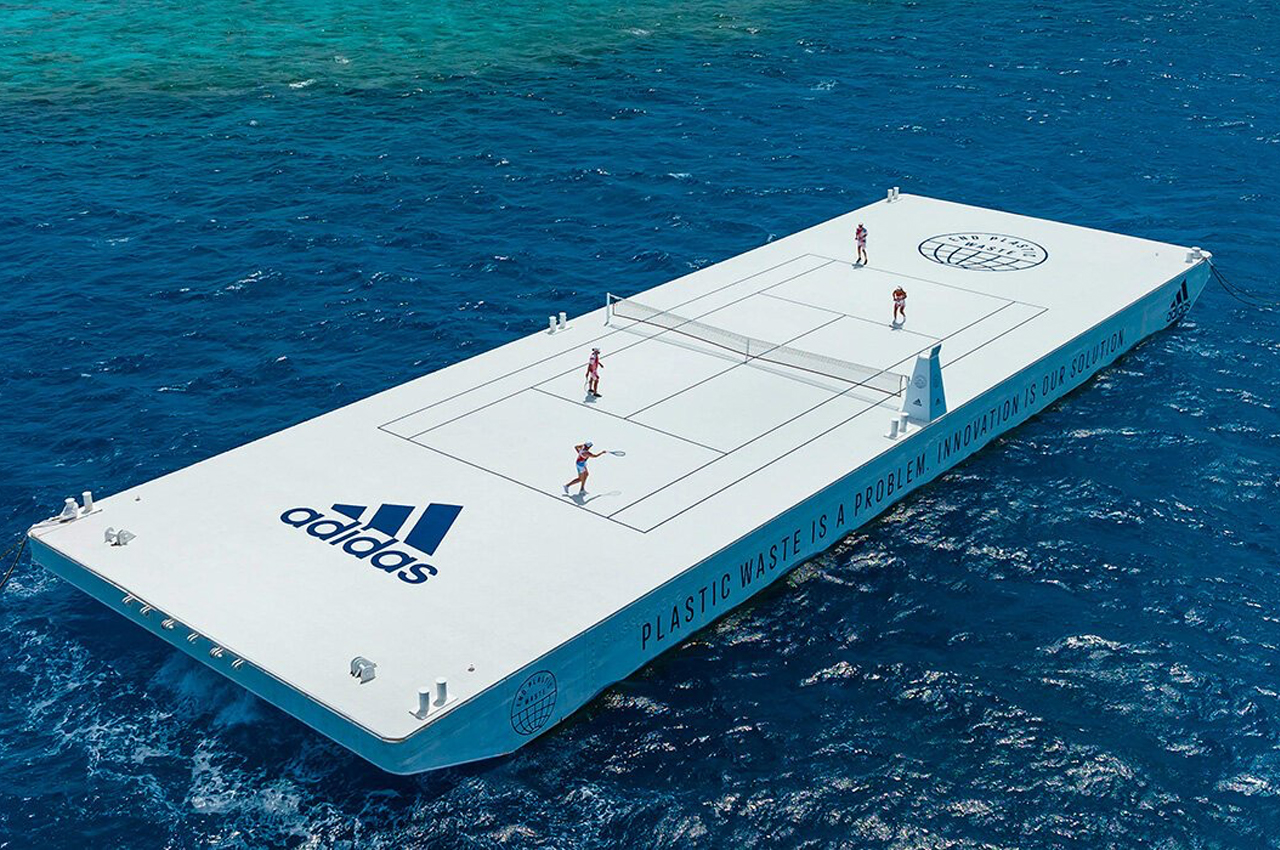
Parley for the Oceans, an environmental nonprofit, teamed up with Adidas to design and construct a tennis court made from recycled materials to float above the Great Barrier Reef in an effort to raise awareness about plastic waste in our oceans.
Founded in 2012 by Cyrill Gutsch, Parley for the Oceans is a nonprofit environmental organization that collaborates with a network of global creators, thinkers, and leaders in a united effort to protect our planet’s oceans. Joining forces with Adidas, the massive clothing brand with headquarters in Germany, Parley designed and built a full-size, sustainable tennis court in the middle of the great barrier reef. Entirely built using recycled materials, Parley for the Oceans is particularly focused on raising awareness about plastic entering our oceans.
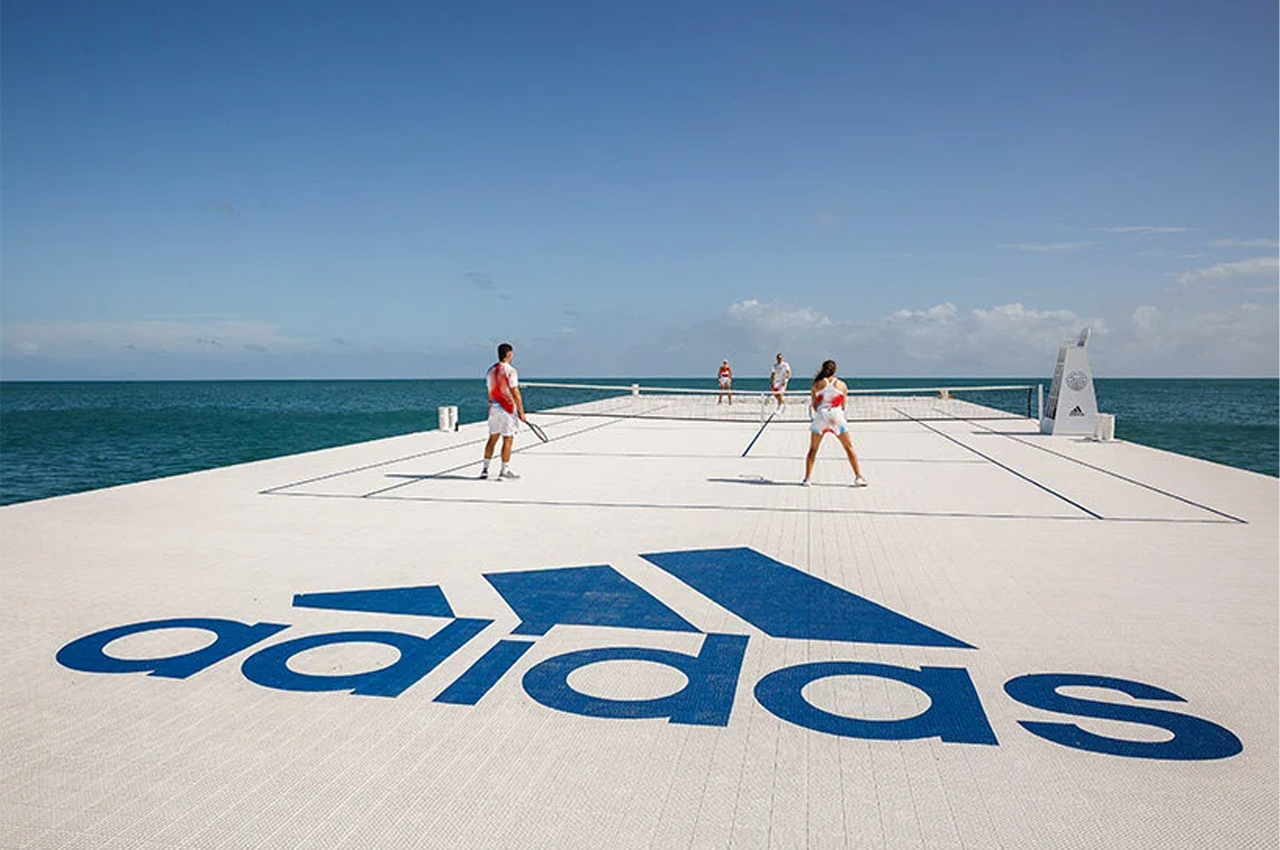
Considering its iconography in regard to climate change, it seems fitting that Parley and Adidas chose the Great Barrier Reef as the location for their recycled tennis court to float above. Stationed atop a barge that makes routine trips across the reef for environmental marine construction projects, the recycled tennis court hosted a few matches between some of Australia’s biggest tennis stars. Following the matches, Parley and Adidas donated the tennis court to a local Townsville school.
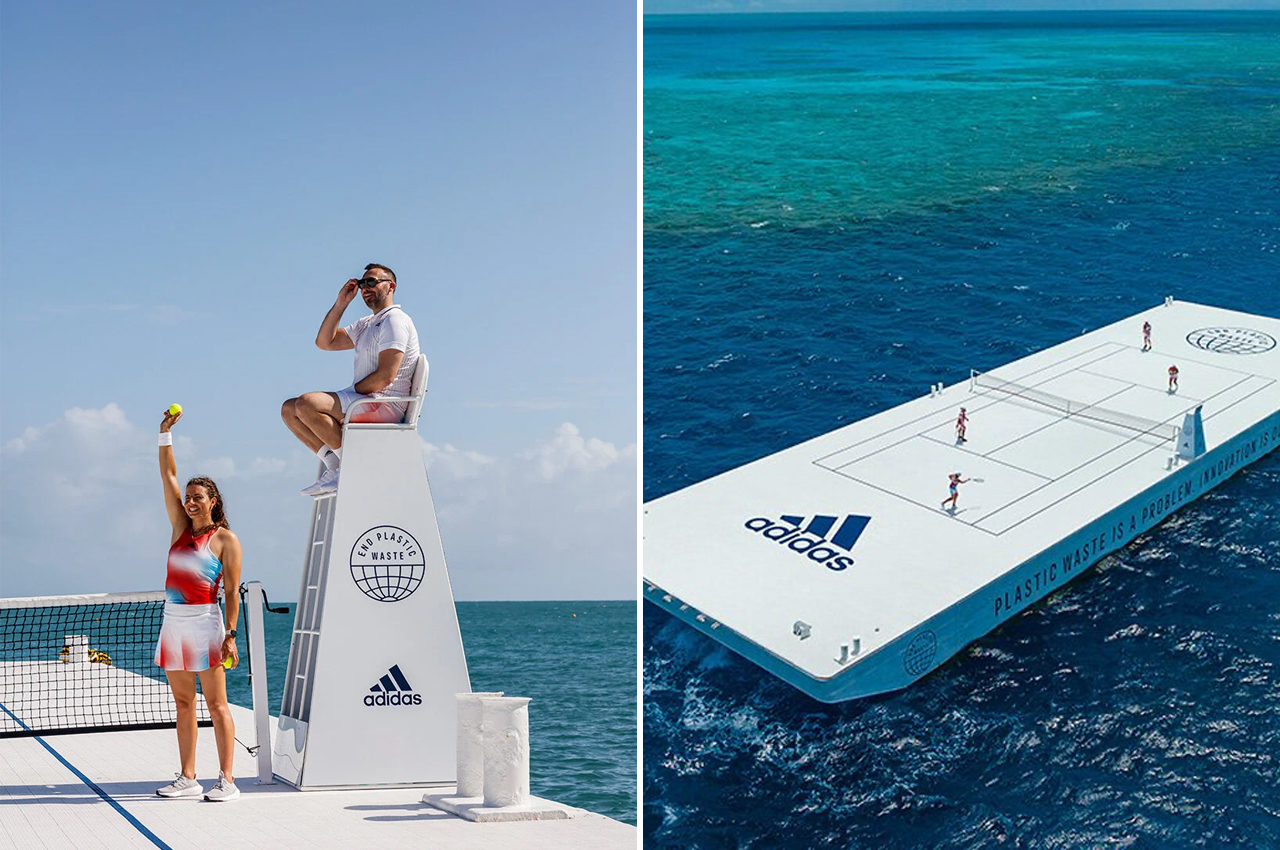
Upon collaborating with one of the biggest clothing brands in the world, Parley announced the launch of a new high-performance apparel line designed in part with Parley’s recycled ocean plastic. Inspired by the colors found on the Great Barrier Reef, the 2022 tennis apparel line from Adidas marks a step towards the company’s goal in helping end plastic waste and eliminating the use of virgin polyester from their products by 2025.
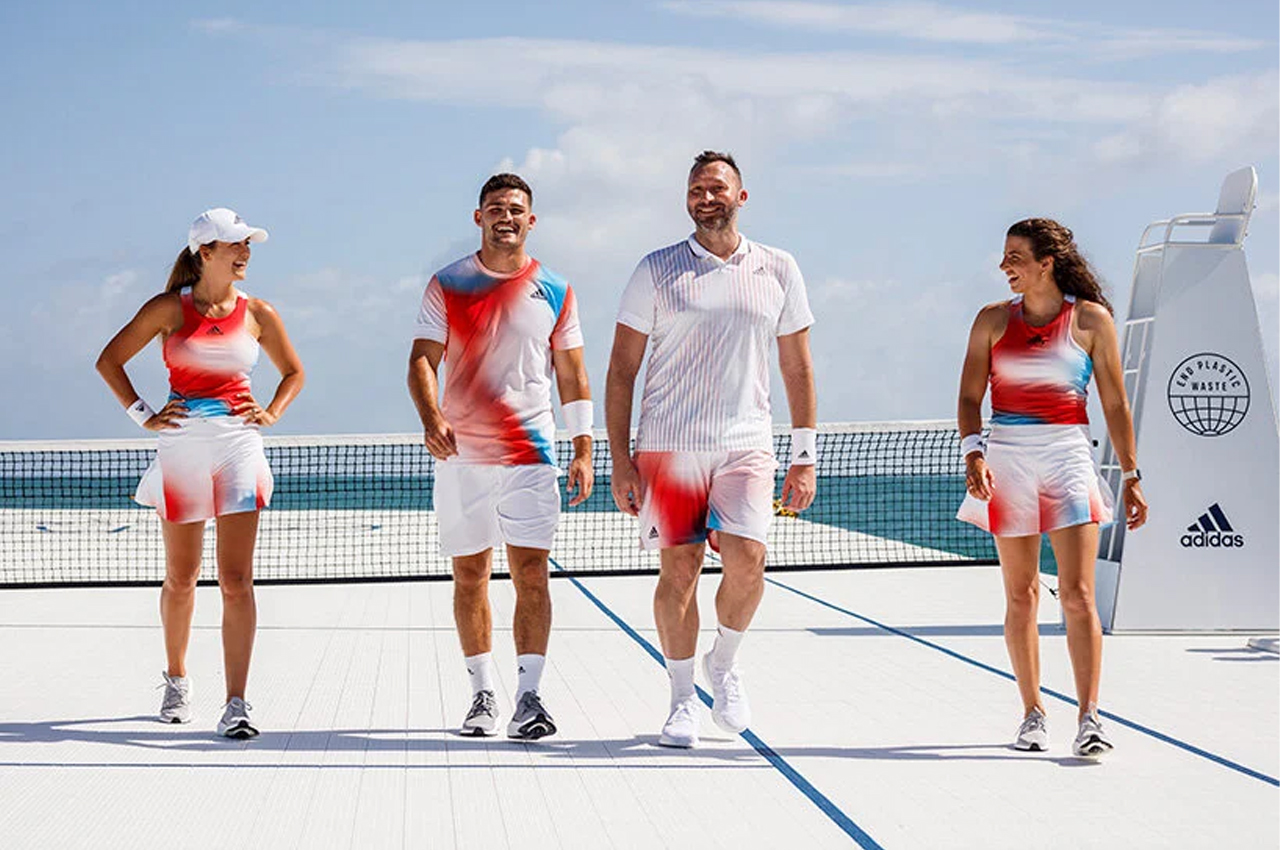
Describing the company’s use of recycled plastic, Shannon Morgan, senior director of Adidas’ Pacific branch, says, “We collect plastic from coastal communities before it ends up in the oceans and [we] turn it into yarn. You will see our athletes on the field at the Australian Open from Monday with these garments made with that yarn. We are using a sporting event, the largest on our continent, to truly show the beauty of the coral reef.”
The post Adidas and Parley build a recycled plastic tennis court to float over the Great Barrier Reef first appeared on Yanko Design.
